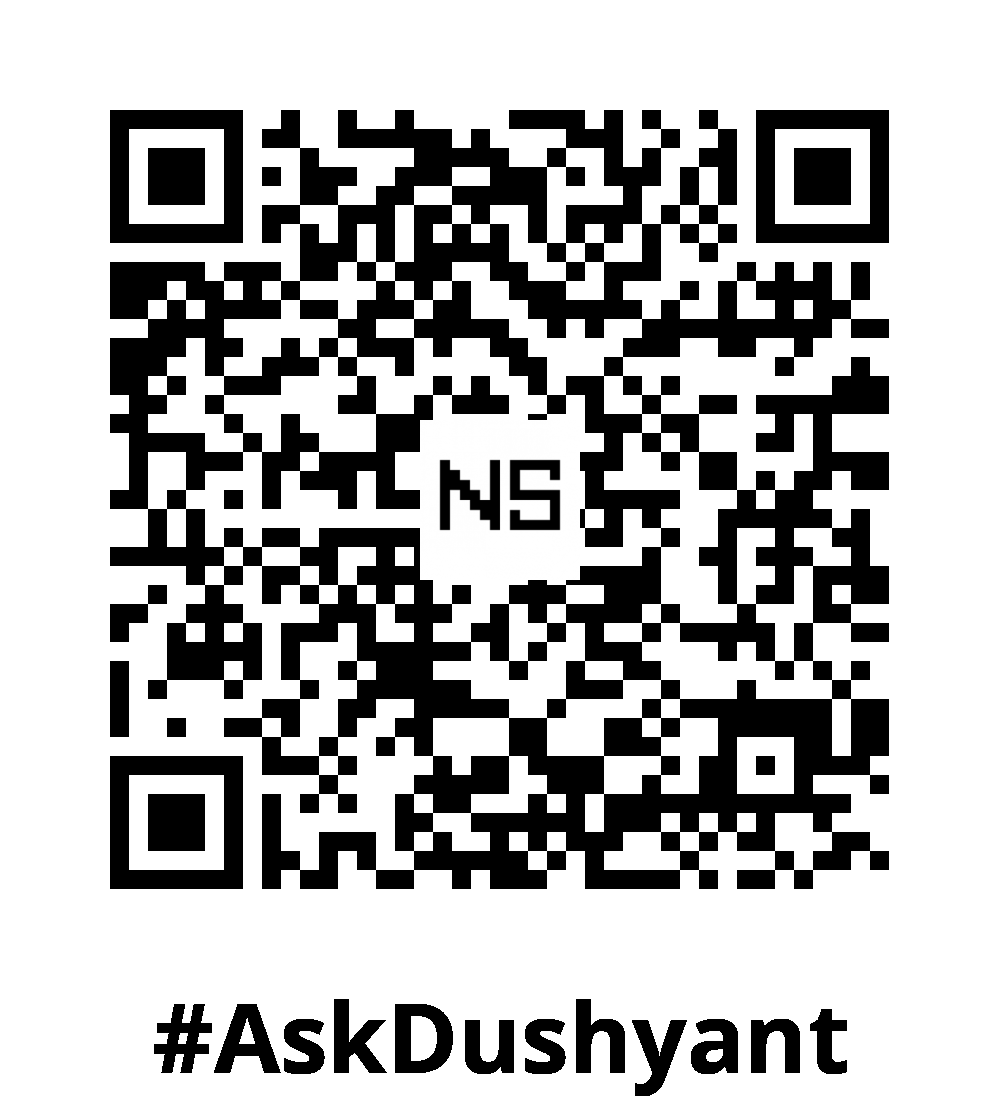Geo-fencing has become a vital part of modern applications that rely on real-time location data. It empowers businesses and developers to create intelligent, context-aware systems that respond based on a device’s physical location. Whether for targeted marketing, fleet management, or smart home automation, geo-fencing plays a pivotal role.
This tech concept, explores how geo-fencing works, dives into the technologies behind it—including GPS, RFID, Wi-Fi, and cellular data—and look into real-world use cases. I’ve spent two decades shaping technology that powers real-world impact. From startups to scale-ups, I’ve seen what tech can do. I share my story to light the path for yours—because the future needs your vision.
Understanding Geo-Fencing
Geo-fencing refers to the creation of a virtual boundary (geofence) around a geographical area. When a device crosses this boundary, it triggers a pre-defined action such as a push notification, system alert, or background event.
Geo-fencing generally follows these three steps:
- Define the virtual perimeter using coordinates and a radius.
- Track device movement via available location data.
- Trigger actions when entering or exiting the boundary.
Technologies That Power Geo-Fencing
Geo-fencing doesn’t rely on just one location source. Instead, it integrates multiple positioning technologies to improve accuracy in different environments.
GPS (Global Positioning System)
GPS triangulates signals from multiple satellites to determine precise coordinates.
Benefits
- High accuracy outdoors
- Real-time global tracking
Limitations
- Poor indoor performance
- Higher battery consumption
Use Case
Retail stores can use GPS-based geo-fences to notify users when they are near a physical outlet.
RFID (Radio-Frequency Identification)
RFID uses radio waves to detect tags within a short-range environment using RFID readers.
Benefits
- Accurate for close-range tracking
- Ideal for inventory and personnel tracking
Limitations
- Requires dedicated infrastructure
- Limited range
Use Case
Warehouses use RFID-based geo-fences to monitor high-value assets or track movement of packages.
Wi-Fi Positioning System (WPS)
Wi-Fi positioning estimates a device’s location by triangulating signals from nearby Wi-Fi access points.
Benefits
- Effective in indoor environments
- Energy efficient
Limitations
- Less accurate than GPS
- Dependent on hotspot database
Use Case
Airports and malls use Wi-Fi geofencing to offer indoor navigation and targeted promotions.
Cellular Data
Cellular geofencing determines the device’s location by triangulating signals from cell towers.
Benefits
- Works across wide areas
- Lower battery usage than GPS
Limitations
- Less accurate than GPS or Wi-Fi
- Dependent on tower density
Use Case
Banking apps use cellular geofencing to block transactions from unexpected locations to prevent fraud.
How Geo-Fencing Works in Practice
Let’s walk through a real-life example of mobile app marketing:
A restaurant chain wants to send promotional coupons to nearby users. Here’s how they use geo-fencing:
- The chain defines a 300-meter radius geofence around its branches.
- The mobile app runs location tracking in the background.
- When a customer enters the geofence, the app detects the location change.
- The app sends a notification: “You’re nearby! Enjoy 10% off on your next meal.”
- The event gets logged for marketing analytics.
Popular Use Cases of Geo-Fencing
Geo-fencing spans across several industries:
- Retail: Location-based promotions, in-store app activations
- Logistics: Real-time fleet monitoring, geofence-triggered alerts
- Smart Homes: Automatically activate lights or thermostats upon arrival
- Healthcare: Track patients with Alzheimer’s or dementia
- Education: Monitor student presence on campus
- Security: Trigger alerts when devices enter or leave secure zones
Privacy and Security Considerations
Since geo-fencing relies on collecting user location data, it raises important privacy concerns.
Best practices include:
- Always request explicit user consent
- Disclose how location data will be used
- Secure location data using encryption
- Comply with regulations like GDPR, CCPA, and HIPAA (for healthcare)
My Tech Advice: Geo-fencing is no longer just a marketing gimmick. It has evolved into a critical component of location-aware systemsthat deliver personalized, secure, and real-time user experiences.
With the combined power of GPS, RFID, Wi-Fi, and cellular data, developers and businesses can craft geofences tailored to nearly any environment—from outdoor campaigns to indoor automation and beyond.
Ready to build your own tech solution ? Try the above tech concept, or contact me for a tech advice!
#AskDushyant
Note: The names and information mentioned are based on my personal experience and publicly available data; however, they do not represent any formal statement.
#TechConcept #TechAdvice


Leave a Reply